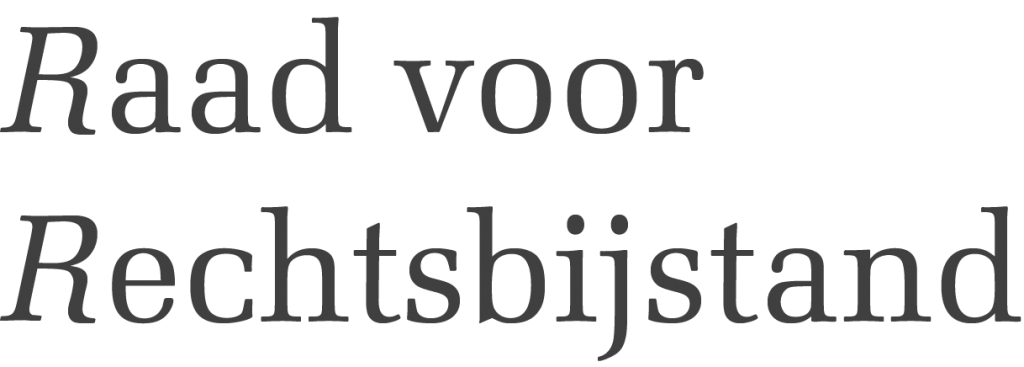At a time when companies are outsourcing and purchasing ICT services from an increasing number of suppliers, IT Coordination and Integration Management is becoming ever more important. On the technical side, this relates to system and process integrations, but there is also the alignment of service levels across business processes. Once the technology and processes are generating the desired output, there is also the human aspect to consider. An ICT service can only be effective and efficient when the suppliers involved work together well in pursuit of the same goals.
This blog tells you more about what you need to consider when setting up your ICT integration and coordination management.
The popularity of IT Coordination and Integration Management is on the rise as ICT work is increasingly being outsourced. The times when the preference was to outsource ICT work to a single party are long gone, with the number of suppliers and solutions used by organisations having grown considerably since then. This is the source of a growing need for best-of-breed solutions.
Grip on various suppliers
This diversity must be managed. That’s what IT Coordination and Integration Management is all about: managing a collection of ICT suppliers effectively and efficiently.
The advantages of good coordination
Proper coordination of all suppliers and services is characterised by the creation of one place in the organisation where all the business’ ICT issues can be raised as if there were only one ICT supplier. This keeps the complexity of the landscape of ICT suppliers away from the business, which can keep on focusing on its core tasks. The integration and coordination organisation in turn manages the ICT suppliers, based on the contractual arrangements made previously.
Additional arrangements about a chain or business process ensure that the ICT service provision better meets the business demands. Of course, this does not happen by itself. Certain pitfalls mean that the deployment of ICT integration and coordination management is not automatically successful.
Points of concern and challenges
When setting up integration and coordination management, various topics and choices will require your attention. Many suppliers have different interpretations of ICT concepts and definitions. If a list of definitions and terms is not drawn up in advance, the jargon used will quickly lead to confusion. One example is ‘standard change’: which changes are included and when is there actually a ‘standard change’?
The harmonisation of service levels and service windows is also relevant, if only to ensure that the recovery of a critical service does not take long because no 24/7 agreements were made with one of the suppliers, for example.
Another point of concern is the service management tooling used. Here, too, there is a good chance that all suppliers will use their own service management tool. Can these tools be linked to each other to create a uniform picture of the work in progress of the various parties, which can then also be managed centrally? This requires certain choices and additional agreements.
The integration and coordination organisation provides the link between supply and demand. This means that the client’s current ICT organisation will also need to adjust to ensure demand is unambiguous and can be implemented by the integration and coordination organisation.
And then there are the public cloud services: how will these be integrated into the cocktail of ingredients that ICT delivery can consist of?
Nevertheless, this (incomplete) list of points of concern are solvable. They are graspable aspects that can be resolved with the help of technical links and agreements being drawn up, documented and managed.
Collaboration is the biggest challenge
Last, but by no means least, the most difficult point of concern is collaboration. Using the same concepts and consistent arrangements still does not guarantee collaboration. Only when there is real collaboration, will the sum of all the parts form a whole. And possibly even more. This requires a considerable degree of transparency and trust between ICT suppliers. Competitors must now act as partners. It goes without saying that each ICT supplier must be given enough room to manoeuvre in the system of participants with respect for each other’s commercial interests.
These are important points of focus for the integration and coordination manager at both a tactical and strategic level. IT Coordination and Integration Management will only truly be a success if the integration and coordination manager can create an atmosphere where suppliers can improved thanks to collaboration. And that’s not easy.
To find out more about IT Coordination and Integration Management, check out our webpage.


